Brake pads are a necessary part of your car’s safety and should be replaced when they show significant wear or damage. Changing brake pads on a 2009 Chevy Silverado is easy to do, requiring only basic tools and some patience.
The process begins by removing the wheel and tire from the vehicle. Next, you will need to remove the front axle assembly by loosening four bolts that secure it to the chassis (see photo below).
After taking off the axle assembly, you will be able to see both brake pads in their respective drums (see photos below). You can either replace them together as a set or remove one pad at a time for servicing/cleaning purposes if needed.
Finally, reattach all components including wheels and tires, tighten everything back up, then reinstall your new brakes.
Contents
Brake Pads on 2009 Chevy Silverado
Chevy Silverado owners may need to replace the brake pads on their vehicles. Symptoms of a worn or defective brake pad can include stopping suddenly, an uneven pedal feel, and squealing when braking.
The best way to determine if your brakes need to be replaced is by inspecting them for wear and tear symptoms.
If you are experiencing any of these problems, it is recommended that you take your vehicle in for inspection as soon as possible so that the problem can be fixed before it becomes worse and causes more damage to your car or truck’s braking system.
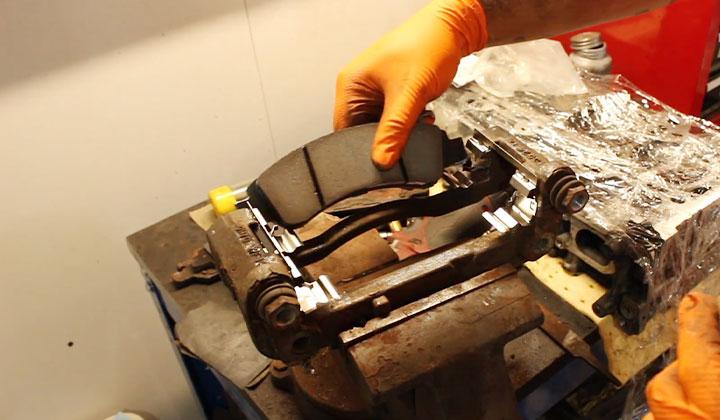
Replacement parts for 2009 Chevy Silverado brakes can also be purchased from local car dealerships should an emergency repair become necessary due to a bad brake pad installation or failure on part of the manufacturer’s warranty period.
When choosing replacement brake pads make sure they have been designed specifically for use with GM trucks such as the 2009 Chevrolet Silverado model year vehicle Finally remember never drive without emergency brake stop equipment installed in case of a runaway vehicle.
What Tools You Need To Change Brake Pads on 2009 Chevy Silverado
If you’re looking to change your brake pads on a 2009 Chevy Silverado, you’ll need the following tools:
1. Jack
2. Safety Glasses
3. Torx T-8 Driver
4. Flathead Screwdriver
5. Brake Pads (4 per wheel) 5/16″ Drive
6. Brake fluid reservoir cap and wrench
7. New brake pads
How To Change Brake Pads on 2009 Chevy Silverado
If you’re having trouble stopping your car, it might be time to change the brake pads. This is a relatively easy job for anyone with some basic tools and knowledge of how cars work. Here’s how to do it:
Open the Hood of Your Chevy Silverado
Open the hood of your Chevy Silverado and locate the two large bolts that hold on the front portion of the engine block (these are typically silver in color). Remove these bolts using a wrench.
Be careful not to damage any wires or hoses connected to the engine block while doing this.
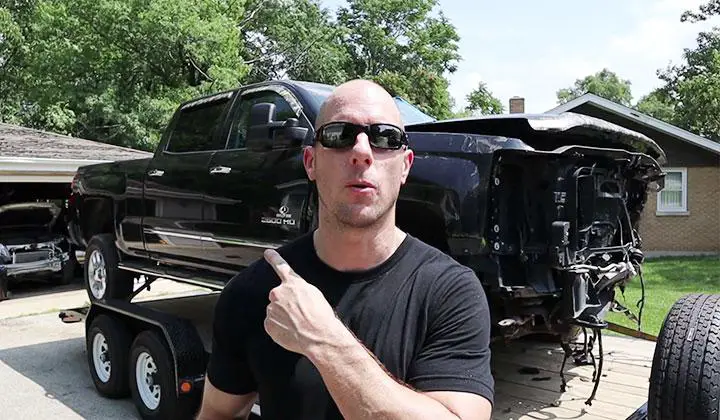
Lower Both Arms of the Parking Brake
Now lower both arms of the parking brake so they’re resting against either side of each wheel well (this will help keep everything stationary while we work).
You may also want to put your vehicle into “park” if you have a manual transmission; simply press down on all four pedals at once instead of just pressing down on one.
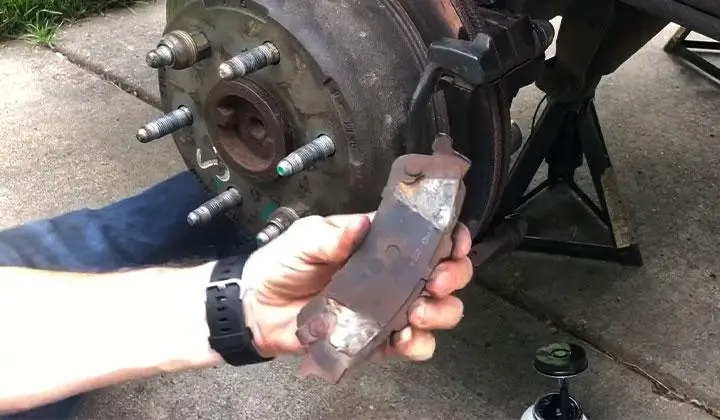
Locate the Brake Pad Holder
The brake pad holder is located on the front of your 2009 Chevy Silverado and it has a Phillips head screwdriver attached to it. Remove the screwdriver and then remove the four screws that hold the brake pad holder in place.
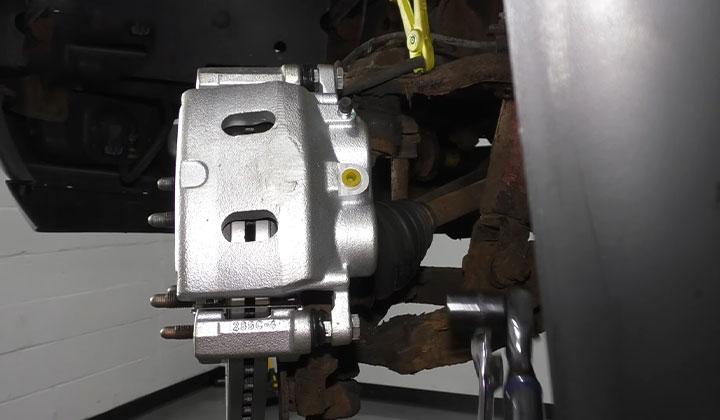
Remove Both Rear Brake Rotors
Use a socket set or an impact tool to remove both rear brake rotors from their hubs (they should take about 15-20 hits with an appropriate tool before coming off).
Try not to hit any metal parts near where you’re working – remember, we don’t want any sparks flying around here.
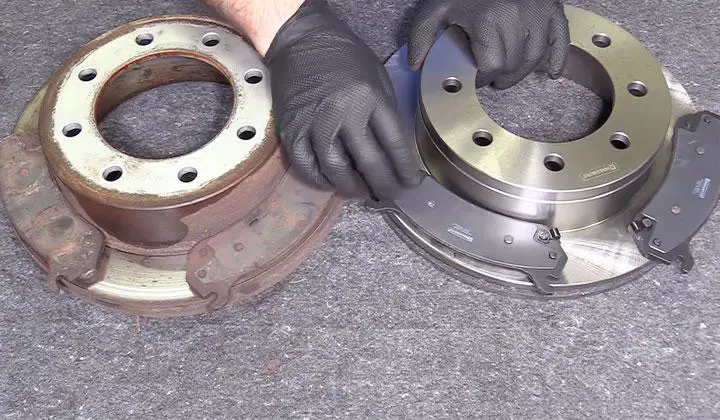
Lift Up the Brake Pad
After removing the four screws, lift up the brake pad so that you can access its springs and discs. Disconnect each spring from its bracket and then remove each disc from its hub carrier.
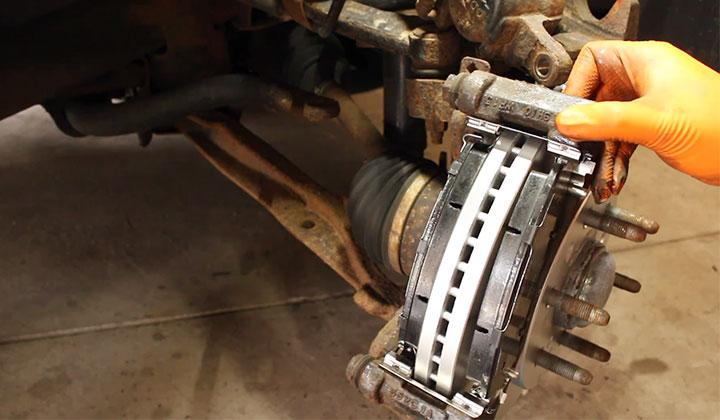
Change The Brake Pads
When the brake pads get cracked, its time to change them. To change your brake pads, first clean all of the old material off of the pads and then replace them with new ones by inserting them into their respective brackets and hubs carriers.
Make sure to tighten down each spring while installing them to ensure proper braking performance.
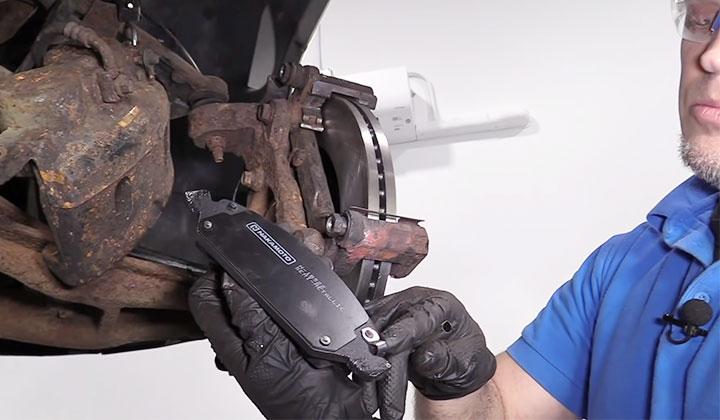
When parking near other cars, always use caution when backing up because bumping into another car may cause unexpected braking problems.
Remember that regular maintenance is essential for keeping our vehicles running smoothly – including changing out old brake pads and fluid whenever necessary.
FAQs
Does Chevy Silverado Have Rear Brakes?
Chevy Silverado has got rear brakes which have been designed to reduce weight while braking.
Is It Ok to Drive with a Sticking Caliper?
It’s generally ok to drive with a sticking caliper, but you should bring it to a mechanic to have it fixed as soon as possible.
Can Dirty Brake Fluid Cause Brakes to Stick?
Dirty brake fluid is one of the most common problems that car owners face as there are many unknowns about its effects on brakes, especially in cars with steel wheels. It is a good idea to avoid it and clean it regularly. Also, if your brakes grinds, you need to fix grinding for a better ride.
To Recap
Make sure you have the correct brake pads for your 2009 Chevy Silverado. Different brakes require different pad types, so make sure to get the right set of pads for your vehicle.
Brake wear can be a big problem on older vehicles and it’s important to keep them in good condition by replacing the worn brake pads as needed. If you do need to replace your brake pads, don’t forget to purchase new rotors along with them.
Check your owner’s manual or look online for instructions on how to change the brake pads on your car- it’s an easy task that most drivers can complete themselves.
Be sure that you’re using compatible fluids when servicing or changing any parts on your car- mixing incompatible fluids could cause serious damage.
